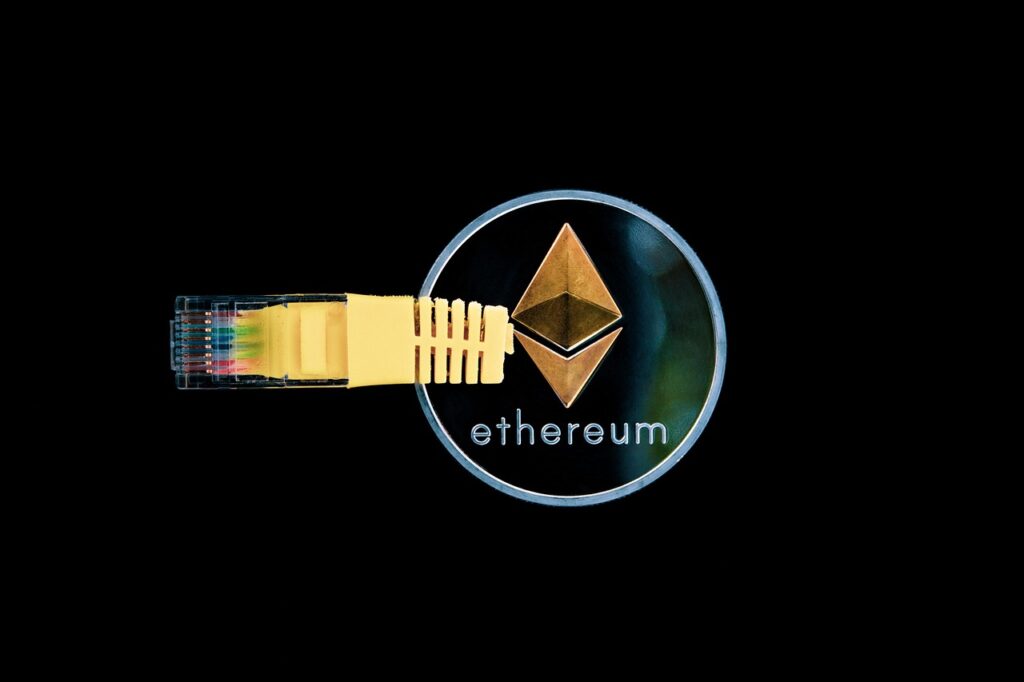Introduction
Ethereum (ETH), the second-largest cryptocurrency by market cap, has come a long way since its 2015 launch. As the foundation for DeFi, NFTs, smart contracts, and countless decentralized applications (dApps), Ethereum is often called the backbone of the crypto economy.Ethereum 2026 Prediction What’s Next for ETH?
But what lies ahead in 2026?

With massive upgrades underway, regulatory clarity increasing, and growing adoption across the globe, Ethereum could look very different in just one year. In this article, we explore the technological evolution, market trends, and expert predictions for Ethereum in 2026. Ethereum 2026 Prediction What’s Next for ETH?
1. The Road So Far: A Quick Recap
Before looking ahead, it’s important to understand what Ethereum has achieved:
- 2022: Ethereum successfully transitioned from Proof-of-Work to Proof-of-Stake (The Merge), cutting energy use by 99.9%.
- 2023–2024: Rollups and Layer 2 solutions (like Arbitrum, Optimism, and zkSync) drastically improved scalability.
- 2025: The Ethereum ecosystem expanded into real-world assets, AI integration, and cross-chain functionality.Ethereum 2026 Prediction What’s Next for ETH?
These milestones laid the groundwork for Ethereum’s next phase in 2026. Ethereum has matured from a blockchain experiment into a global infrastructure protocol powering financial systems, digital identity, and even digital art. The question now isn’t whether Ethereum has value — it’s how high its utility and adoption can grow.

2. Ethereum Technology Outlook for 2026
Here’s what we expect Ethereum to focus on and possibly complete by 2026:
a. Full Danksharding Implementation
- Ethereum’s ultimate scaling solution, Danksharding, could be fully live in 2026.
- This would reduce transaction fees on Layer 2s and increase the base layer’s data availability.
- It means faster, cheaper, and more efficient Ethereum apps for everyone.
b. More Decentralization
- With more solo stakers and innovations in liquid staking, Ethereum may become more censorship-resistant and truly decentralized.
c. Interoperability Improvements
- Expect seamless bridging between Ethereum and other blockchains — even non-EVM chains like Solana or Bitcoin layers.
d. Privacy Enhancements
- With tools like zero-knowledge proofs becoming standard, Ethereum may offer private transactions without sacrificing transparency, opening the door to more enterprise use.
3. ETH Price Prediction for 2026
🚀 Bullish Scenario:
- ETH at $10,000+
- If adoption continues (especially via tokenized real-world assets), Ethereum could rival traditional financial systems.
- AI-driven trading, DeFi 3.0, and global investment may drive a new supercycle.
🐻 Bearish Scenario:
- ETH between $2,000–$3,000
- A regulatory crackdown or macroeconomic shock could slow growth.
- Ethereum may still develop, but with lower investor excitement.
🎯 Most Realistic Range:
- ETH between $4,500 and $8,000
- Based on past cycle growth, network fundamentals, and increasing demand for ETH in staking and gas usage.
4. Real-World Ethereum Use Cases in 2026
Ethereum is no longer just about DeFi or NFTs. By 2026, expect:
- Tokenized stocks, bonds, and real estate on-chain.
- Decentralized social media (e.g., Lens Protocol, Farcaster) with mainstream adoption.
- AI & Web3 synergy, where smart contracts and machine learning power new business models.
- Corporate and government usage of Ethereum-based solutions.
In addition, we may see Ethereum being used for supply chain tracking, academic credentials, voting systems, and even carbon credits, making it an essential part of both digital and real-world infrastructure.

5. Risks to Watch Out For
Ethereum’s future is bright, but not without challenges:
- Regulation: ETH may be classified as a security in some regions.
- Competition: Blockchains like Solana, Avalanche, or new L1s may take market share.
- Scalability delays: If sharding or Layer 2 development stalls, it could frustrate users and developers.
- Centralization concerns: If too much ETH is staked with a few providers, Ethereum may face trust issues.
Conclusion
By 2026, Ethereum could be powering the next generation of the internet — decentralized, fast, secure, and borderless. Its price will likely reflect the value of its growing ecosystem, especially if real-world adoption continues.
Whether ETH hits $3K or $10K, Ethereum in 2026 will be more than just a cryptocurrency — it will be a foundation of the future economy. And as the technology matures, more industries will find ways to integrate Ethereum into everyday life.
Ethereum isn’t just a token — it’s a movement toward a more open, programmable world.

